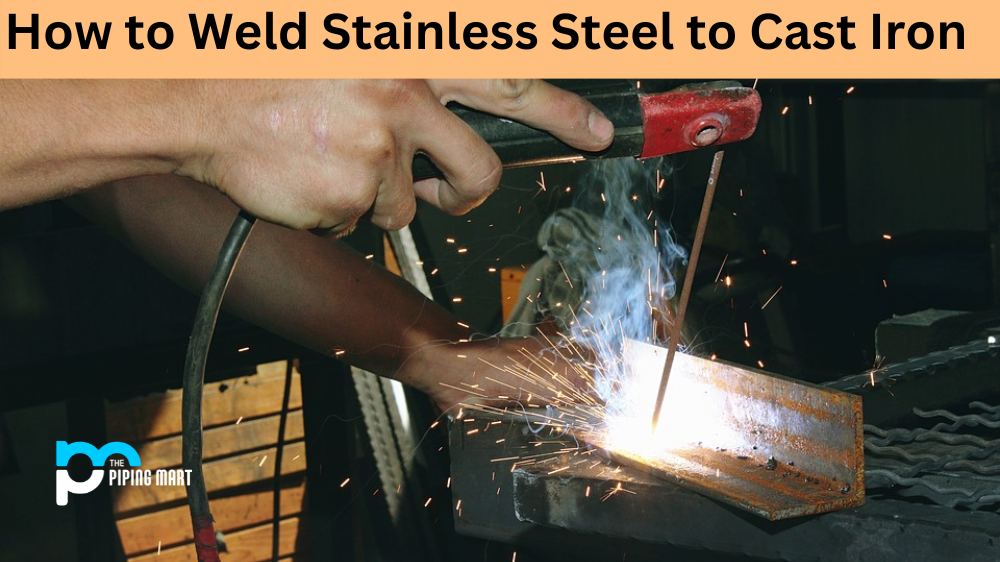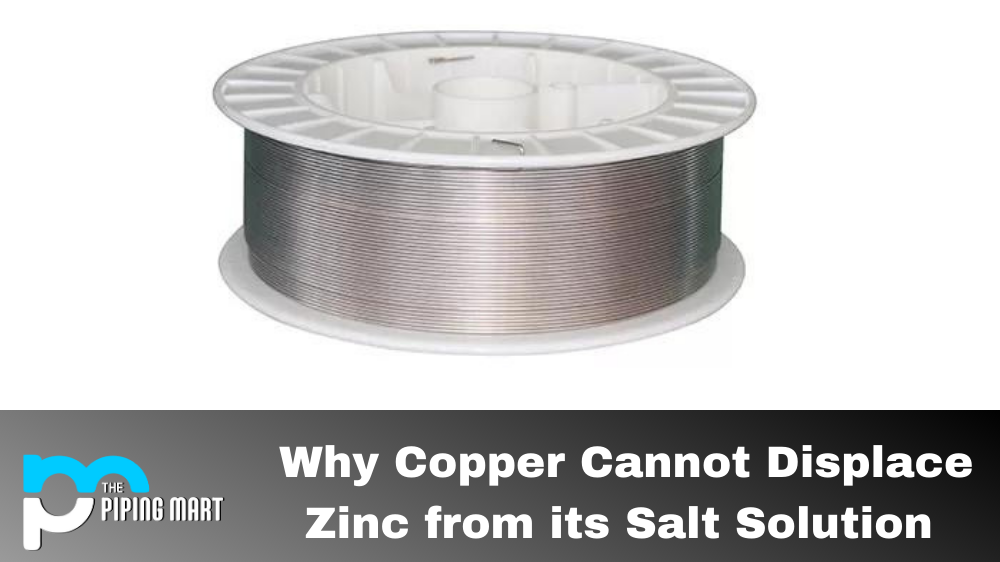Stainless steel is a popular material for many industrial applications, and two of the most commonly used stainless steel are 439 and 304. These two alloys are strong, reliable, and aesthetically pleasing, but some key differences set them apart. In this blog post, we’ll look at the differences between stainless steel 439 and 304 to help you decide which is right for your project.
Difference Between Stainless Steel 439 and 304
The main difference between stainless steel 439 and 304 lies in their composition. Stainless steel 439 (also known as Type 439) contains more chromium than its 304 counterpart—18% compared to 8-10%. This higher chromium content gives Type 439 greater corrosion resistance than Type 304, making it particularly well suited to highly corrosive environments such as food processing plants or coastal areas where saltwater exposure is common.
In addition to improved corrosion resistance, Type 439 has better formability than Type 304. This makes it ideal for applications that require bending or shaping of the material, such as automotive trim pieces or architectural components. It’s also heat resistant up to 1500°F (816°C), so it can be used in high-temperature environments without losing structural integrity.
Type 304 stainless steel is still an excellent choice for many projects due to its lower cost and excellent formability. It doesn’t have the same level of corrosion resistance as Type 439, but it can still hold up well in low-corrosion environments like indoor construction sites or restaurant kitchens where exposure to corrosive elements is minimal. It also offers good ductility and weldability, making it a great option for projects that require welding or other fabrication processes.
439 is More Corrosion Resistant
One of the primary benefits of 439 stainless steel is that it is more corrosion-resistant than 304 stainless steel. This means that it will not rust or tarnish as easily and will also withstand exposure to salt water and other corrosive materials. Additionally, 439 stainless steel is less likely to stain than 304 stainless steel, making it a good choice for food-grade applications.
439 has Better Heat Resistance
Another benefit of 439 stainless steel is that it has better heat resistance than 304 stainless steel. It can withstand higher temperatures without losing its strength or becoming damaged. Additionally, 439 stainless steel is less likely to warp or deform at high temperatures.
439 has Better Weldability
439 stainless steel also has better weldability than 304 stainless steel. This means it can be joined together using welding methods without losing its strength or damaging it. Additionally, 439 stainless steel is less likely to suffer from weld decay, a type of corrosion that can occur in welded joints.
439 Costs More than 304
One downside of 439 stainless steel is that it costs more than 304 stainless steel. This is because it is a newer alloy and thus requires more expensive materials and processes to produce. However, the increased cost may be worth it for applications requiring superior corrosion or heat resistance.
439 May not be available in all sizes
Another downside of 439 stainless steel is that it may not be available in all sizes. This is because it is a newer alloy and thus may not be produced in all the same sizes as 304 stainless steel. However, the availability of 439 stainless steel should increase over time as demand for the alloy grows.
Conclusion:
Choosing between stainless steel 439 and 304 comes down to what your project requires in terms of corrosion resistance, formability, cost, and weldability. If you need superior corrosion resistance in a high-temperature environment or more flexibility when forming your material into shapes, then Type 439 may be the best choice. However, if your project requires less costly materials with good formability and weldability, then Type304 may be a more suitable option. No matter which type you choose, though, you can rest assured knowing that either will provide excellent performance in most applications!

A passionate metal industry expert and blogger. With over 5 years of experience in the field, Palak brings a wealth of knowledge and insight to her writing. Whether discussing the latest trends in the metal industry or sharing tips, she is dedicated to helping others succeed in the metal industry.




